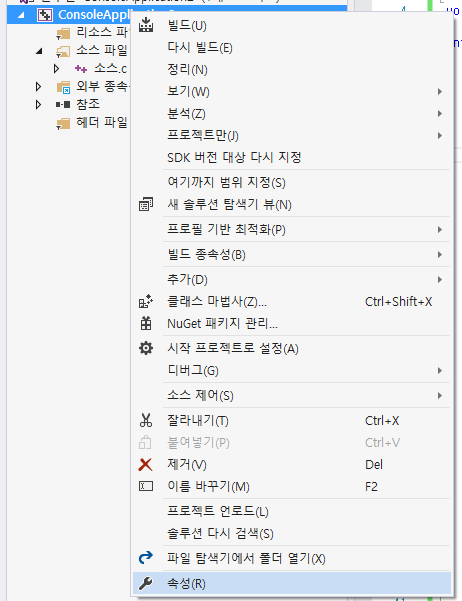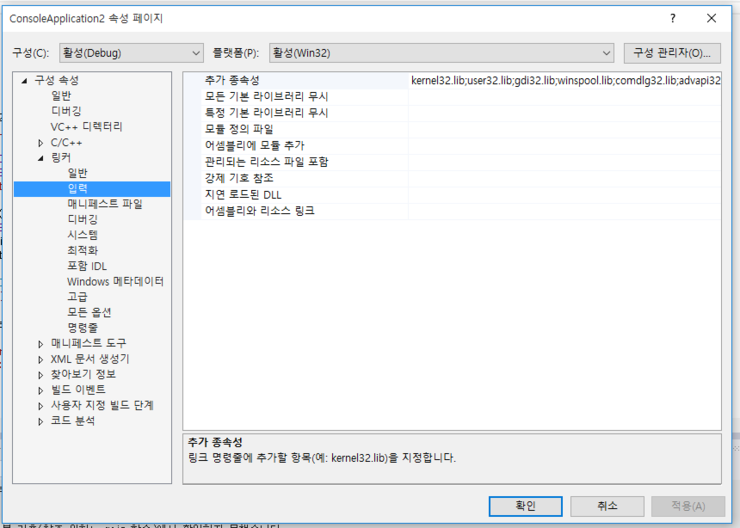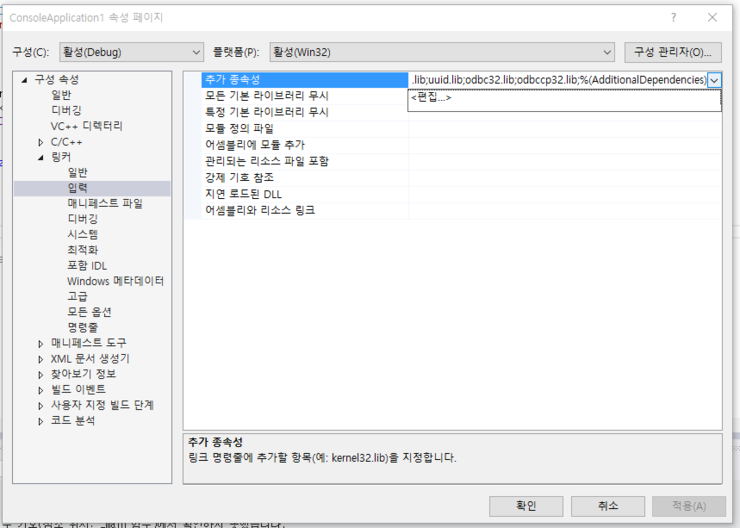1 2 3 4 5 6 7 8 9 10 11 12 13 14 15 16 17 18 19 20 21 22 23 24 25 26 27 28 29 30 31 32 33 34 35 36 37 38 39 | #include<iostream> using namespace std; class Complex { private: int real; int image; public: Complex(int r = 0, int i = 0); void ShowComplex() const; }; Complex::Complex(int r, int i) : real(r), image(i) { } void Complex::ShowComplex() const { cout << "( " << real << " + " << image << "i )" << endl; } void main() { Complex x(10, 20); Complex y; cout << " Object x => "; x.ShowComplex(); cout << " Object y => "; y.ShowComplex(); Complex *pCom; pCom = &x; cout << "\n pCom->ShowComplex() => "; pCom->ShowComplex(); pCom = &y; cout << "pCom->ShowComplex() => "; pCom->ShowComplex(); } | cs |
▲객체 포인터 사용
내부 포인터 this
객체의 맴버함수를 호출할때 사용할 수 있는 포인터
컴파일러가 맴버변수 앞에 자동적으로 붙여주므로 생략이 가능하지만 매개변수와 이름이 같을 때 구분하기위해 사용할 수 있음
객체 간의 값 치환
클래스는 c의 구조체를 확장한 개념으로 비교는 할 수 없으나 치환은 가능함.
1 2 3 4 5 6 7 8 9 10 11 12 13 14 15 16 17 18 19 20 21 22 23 24 25 26 27 28 29 30 31 32 33 34 35 36 37 38 39 40 41 42 43 44 45 46 47 48 49 50 51 52 53 | #include<iostream> using namespace std; class Complex { private: int real; int image; public: Complex(int r = 0, int i = 0); void ShowComplex() const; void SetComplex(int x = 0, int i = 0); }; Complex::Complex(int r, int i) : real(r), image(i) { } void Complex::ShowComplex() const { cout << "( " << real << " + " << image << "i )" << endl; } //내부포인터 this를 이용함 void Complex::SetComplex(int real, int image) { this->real = real; this->image = image; } void main() { Complex x(10, 20); Complex y; cout << " Object x => "; x.ShowComplex(); cout << " Object y => "; y.ShowComplex(); cout << "------------------------------------ \n"; //객체 단위로 값 치환 y = x; cout << " x => "; x.ShowComplex(); cout << " y => "; y.ShowComplex(); cout << "------------------------------------ \n"; y.SetComplex(30, 40); cout << " x => "; x.ShowComplex(); cout << " y => "; y.ShowComplex(); } | cs |
▲this와 객체 치환
참조에 의한 호출 방식으로도 값을 치환할 수 있다.
1 2 3 4 5 6 7 8 9 10 11 12 13 14 15 16 17 18 19 20 21 22 23 24 25 26 27 28 29 30 31 32 33 34 35 36 37 38 39 40 41 42 43 44 45 46 47 48 | #include<iostream> using namespace std; class Complex { private: int real; int image; public: Complex(int r = 0, int i = 0); void ShowComplex() const; void SetComplex(int x = 0, int i = 0); }; Complex::Complex(int r, int i) : real(r), image(i) { } void Complex::ShowComplex() const { cout << "( " << real << " + " << image << "i )" << endl; } //내부포인터 this를 이용함 void Complex::SetComplex(int real, int image) { this->real = real; this->image = image; } void CopyComplex(Complex *des, Complex src) { *des = src; } void main() { Complex x(10, 20); Complex y; cout << " Object x => "; x.ShowComplex(); cout << " Object y => "; y.ShowComplex(); cout << "------------------------------------ \n"; CopyComplex(&y, x); cout << " x => "; x.ShowComplex(); cout << " y => "; y.ShowComplex(); } | cs |
객체를 주소에 의한 호출을 사용하여 객체가 다른 것을 참조할 수 있도록 할 수 있다.
1 2 3 4 5 6 7 8 9 10 11 12 13 14 15 16 17 18 19 20 21 22 23 24 25 26 27 28 29 30 31 32 33 34 35 36 37 38 39 40 41 42 43 44 45 46 47 | #include<iostream> using namespace std; class Complex { private: int real; int image; public: Complex(int r = 0, int i = 0); void ShowComplex() const; void SetComplex(int x = 0, int i = 0); }; Complex::Complex(int r, int i) : real(r), image(i) { } void Complex::ShowComplex() const { cout << "( " << real << " + " << image << "i )" << endl; } //내부포인터 this를 이용함 void Complex::SetComplex(int real, int image) { this->real = real; this->image = image; } Complex & CopyComplex(Complex &des, const Complex &src) { des = src; return des; } void main() { Complex x(10, 20); Complex y; Complex z; z = CopyComplex(y, x); cout << " x => "; x.ShowComplex(); cout << " y => "; y.ShowComplex(); cout << " z => "; z.ShowComplex(); } | cs |
▲모두 x를 참조하는 객체가 되는 예제
정적 멤버변수
특정 클래스의 모든 객체가 공유하는 것(전역변수 원리와 동일)
사용 조건
- 정적 멤버변수는 특정 클래스 내부에 선언해야 함
- 정적 멤버변수는 클래스 밖에서 별도로 초기화되어야 함
정적 멤버함수에서는 this 래퍼런스 사용못함. 인스턴스 변수 사용할 수 없음. 오버라이딩 되지 않음
1 2 3 4 5 6 7 8 9 10 11 12 13 14 15 16 17 18 19 20 21 22 23 24 25 26 27 28 29 30 31 32 33 34 | #include<iostream> using namespace std; class StaticTest { private: static int a; int b; public: StaticTest(); static void SetA(int new_a); static int GetA(); }; int StaticTest::a = 10; StaticTest::StaticTest() { b = 20; } void StaticTest::SetA(int new_a) { a = new_a; } int StaticTest::GetA() { return a; } void main() { cout << " StaticTest::GetA() => " << StaticTest::GetA() << "\n\n"; StaticTest s1, s2; s1.SetA(10000); cout << " s1.GetA() -> " << s1.GetA() << "\t"; cout << " s2.GetA() -> " << s2.GetA() << "\n\n"; } | cs |
▲정적 멤버변수,함수 사용 예제
1 2 3 4 5 6 7 8 9 10 11 12 13 14 15 16 17 18 19 20 21 22 23 24 25 26 27 28 29 30 31 32 33 34 35 36 37 38 39 40 41 42 43 44 45 46 47 48 49 50 51 52 | #include<iostream> using namespace std; class CStud { private: char name[30]; char hphone[20]; char email[30]; static int cnt; public : CStud(char *n= "성윤정", char *h = "017-777-7777", char*e = "pink@daum.net"); ~CStud(); void prn(); static void prn_cnt(); }; int CStud::cnt = 0; CStud::CStud(char *n, char *h, char *e) { strcpy(name, n); strcpy(hphone, h); strcpy(email, e); cnt++; } CStud::~CStud() { cnt--; } void CStud::prn() { cout << "이름\t:" << name << endl; cout << "핸드폰\t:" << hphone << endl; cout << "이메일\t:" << email << endl; } void CStud::prn_cnt() { cout << "\n현재까지 등록된 인원수 : " << cnt << "\n\n"; } void main() { CStud::prn_cnt(); CStud man1("전수빈", "019-9087-0975", "subin@pride.com"); man1.prn(); CStud man2("전원지", "017-9087-0975", "won@pride.com"); man2.prn(); cout << "\n# 중간에 인원수를 파악합니다."; man2.prn_cnt(); CStud man3; man3.prn(); cout << "\n클래스의 할당된 메모리 사이즈 : " << sizeof(CStud) << endl; CStud::prn_cnt(); } | cs |
▲정적 멤버변수 사용 이용
객체 배열
선언 : 클래스명 객체배열명[원소의 개수];
참조 객체배열명[인덱스].멤버변수or함수;
1 2 3 4 5 6 7 8 9 10 11 12 13 14 15 16 17 18 19 20 21 22 23 24 25 26 27 28 29 30 31 32 | #include<iostream> using namespace std; class Complex { private: int real; int image; public: Complex(int r = 0, int i = 0); void ShowComplex() const; }; Complex::Complex(int r, int i) : real(r), image(i) { } void Complex::ShowComplex() const { cout << "( " << real << " + " << image << "i )" << endl; } void main() { Complex arr[4] = { Complex(2,4), Complex(4,8), Complex(8,16), Complex(16,32) }; for (int i = 0; i < 4; i++) arr[i].ShowComplex(); } | cs |
▲객체 배열 사용 예제
객체 배열과 포인터
포인터 변수에 객체 배열 인덱스를 줌으로써 사용가능
1 2 3 4 5 6 7 8 9 10 11 12 13 14 15 16 17 18 19 20 21 22 23 24 25 26 27 28 29 30 31 32 33 34 | #include<iostream> using namespace std; class Complex { private: int real; int image; public: Complex(int r = 0, int i = 0); void ShowComplex() const; }; Complex::Complex(int r, int i) : real(r), image(i) { } void Complex::ShowComplex() const { cout << "( " << real << " + " << image << "i )" << endl; } void main() { Complex arr[4] = { Complex(2,4), Complex(4,8), Complex(8,16), Complex(16,32) }; Complex *pCom = arr; pCom->ShowComplex(); (pCom+1)->ShowComplex(); } | cs |
▲객체 배열을 포인터로 참조한 예제
프렌드 함수
외부 함수에서 접근하고자 할때 사용
함수 앞에 friend를 붙인다.
데이터를 보안때문에 private를 사용한것이기 때문에 허용여부를 잘 판단해야됨
1 2 3 4 5 6 7 8 9 10 11 12 13 14 15 16 17 18 19 20 21 22 23 24 25 26 27 28 29 30 31 32 33 34 35 36 37 38 39 40 | #include<iostream> using namespace std; class Complex { private: int real; int image; public: Complex(int r = 0, int i = 0); void ShowComplex() const; friend void prn(Complex *pCom); }; Complex::Complex(int r, int i) : real(r), image(i) { } void Complex::ShowComplex() const { cout << "( " << real << " + " << image << "i )" << endl; } void prn(Complex *pCom) { for (int i = 0; i < 4; i++) { cout << "( " << pCom[i].real << " + " << pCom[i].image << "i )" << endl; } } void main() { Complex arr[4] = { Complex(2,4), Complex(4,8), Complex(8,16), Complex(16,32) }; Complex *pCom = arr; prn(arr); } | cs |
▲프렌드 함수 예제
[출처] (c++) 클래스 객체|작성자 길가다주은노트북
'프로그래밍 > C++' 카테고리의 다른 글
| (C++) Simple 한/영사전 예제 (0) | 2016.07.09 |
|---|---|
| (C++) 상속을 이용한 간단한 계산 클래스 구현 (0) | 2016.07.09 |
| (C++) 상속성 (0) | 2016.07.09 |
| (C++) 연산자 오버로딩 (0) | 2016.07.09 |
| (C++, MFC) 영상처리 16*16블록으로 DCT(discrete cosine transform)&역DCT (0) | 2016.07.09 |











